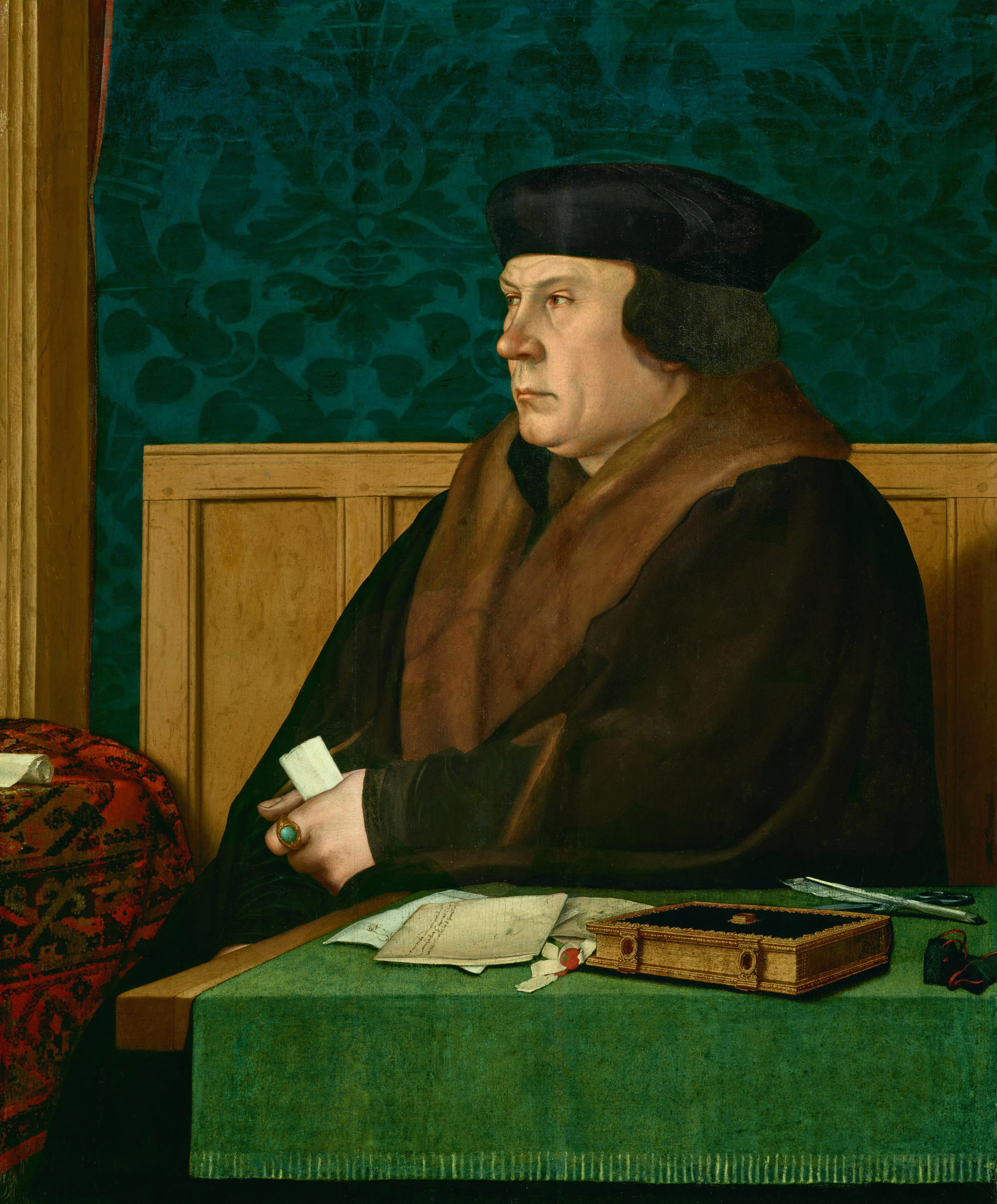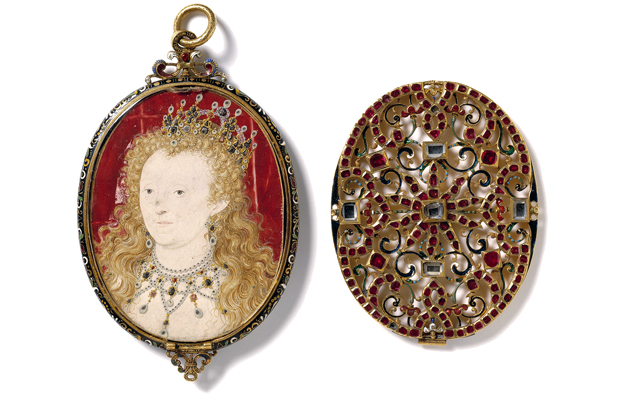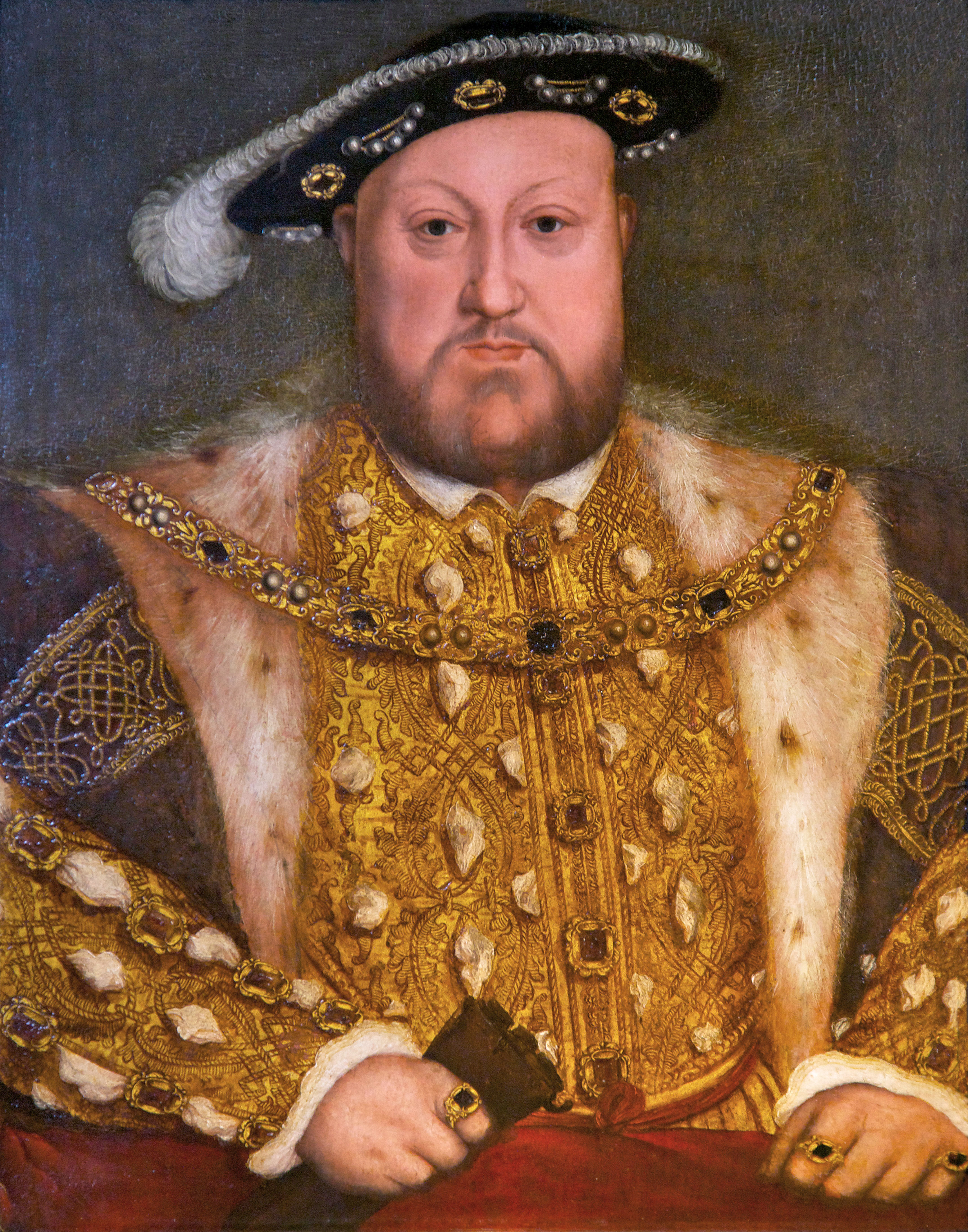My favourite painting: Claire German
Claire German of the Design Centre, Chelsea Harbour, chooses an incomparable Tudor portrait of one of the great men of his time: Holbein's portrait of Thomas Cromwell.


Claire German on 'Thomas Cromwell' by Hans Holbein the Younger
‘In a city as dense as New York, to have an unobstructed view of anything is a blessing — particularly great art. The Frick has enough great work to keep you absorbed for a lifetime, but I’m always drawn to this painting of Thomas Cromwell.
'I’ve long loved Cromwell as a historical figure, but here, with his intense gaze, he does not give much away. However, there are clues. The inscription on the border reads “to our trusty and right well, beloved Councillor” and on the green tablecloth are a quill, a devotional book, scissors and a leather bag.
'It is these contradictions that really fascinate: was he a marvel or a monster? A wily operator or a highly capable reformer with a social conscience and ardent loyalty to the King? The hanging of the portrait is a further talking point as it faces Cromwell’s arch nemesis, Thomas More. United in art and history.’
Claire German is CEO of Design Centre, Chelsea Harbour.
Charlotte Mullins comments on Holbein's portrait of Thomas Cromwell
Thomas Cromwell sits in a heavy coat with fur collar, his head turned to one side. His shrewd eyes are narrowed and his brow furrowed. His lips are pinched shut above a clean-shaven jaw, his chestnut hair curled neatly over his ears. On the table in front of him lies his devotional Book of Hours, half-written letters and a quill, its nib blackened with ink. He holds a document in his left hand, perhaps his seal of office, appointing him Master of the Jewel House in 1532, the year this painting was begun.
Cromwell was the son of a fuller and cloth merchant (popularly a blacksmith) who became the right-hand man of Cardinal Wolsey. When Wolsey fell out of favour with Henry VIII, Cromwell managed to successfully transfer his allegiance to the King. From 1532 until his death (by beheading) in 1540, he was Henry VIII’s most trusted adviser. This painting marks his powerful new position, a Protestant foil to the Catholic Thomas More. More had recently resigned as Lord Chancellor in protest over Cromwell’s Submission of the English Clergy, which transferred control of the English Church to Henry VIII. Cromwell pushed on with the English Reformation and the Dissolution of the Monasteries, whereas More was executed in 1535.
Hans Holbein the Younger, a German artist skilled in naturalism who moved from Switzerland to England in 1532, painted many members of Henry VIII’s Court. He had also portrayed More, during an earlier visit to England in 1527.

My favourite painting: Sir Tim Rice
Tim Rice chooses Holbein's iconic portrait of the ill-fated Thomas More, one of Henry VIII's most important advisors before he

My favourite painting: Frances Spalding
Art critic and historian Frances Spalding chooses an unusual work by Hans Holbein the Younger.

My Favourite Painting: Anna Chancellor
Anna Chancellor chooses her favourite painting for Country Life.
Exquisite houses, the beauty of Nature, and how to get the most from your life, straight to your inbox.

My favourite painting: Neil MacGregor
Neil MacGregor chooses his favourite painting for Country Life.

My favourite painting: Matthew Girling
Matthew Girling chooses his favourite painting for Country Life.

My Favourite Painting: Ronel Lehmann
Ronel Lehmann chooses a classic Henry VIII portrait 'whose eyes followed me, watching my every move'.

Charlotte Mullins is an art critic, writer and broadcaster. Her latest book, The Art Isles: A 15,000 year story of art in the British Isles, was published by Yale University Press in October 2025.